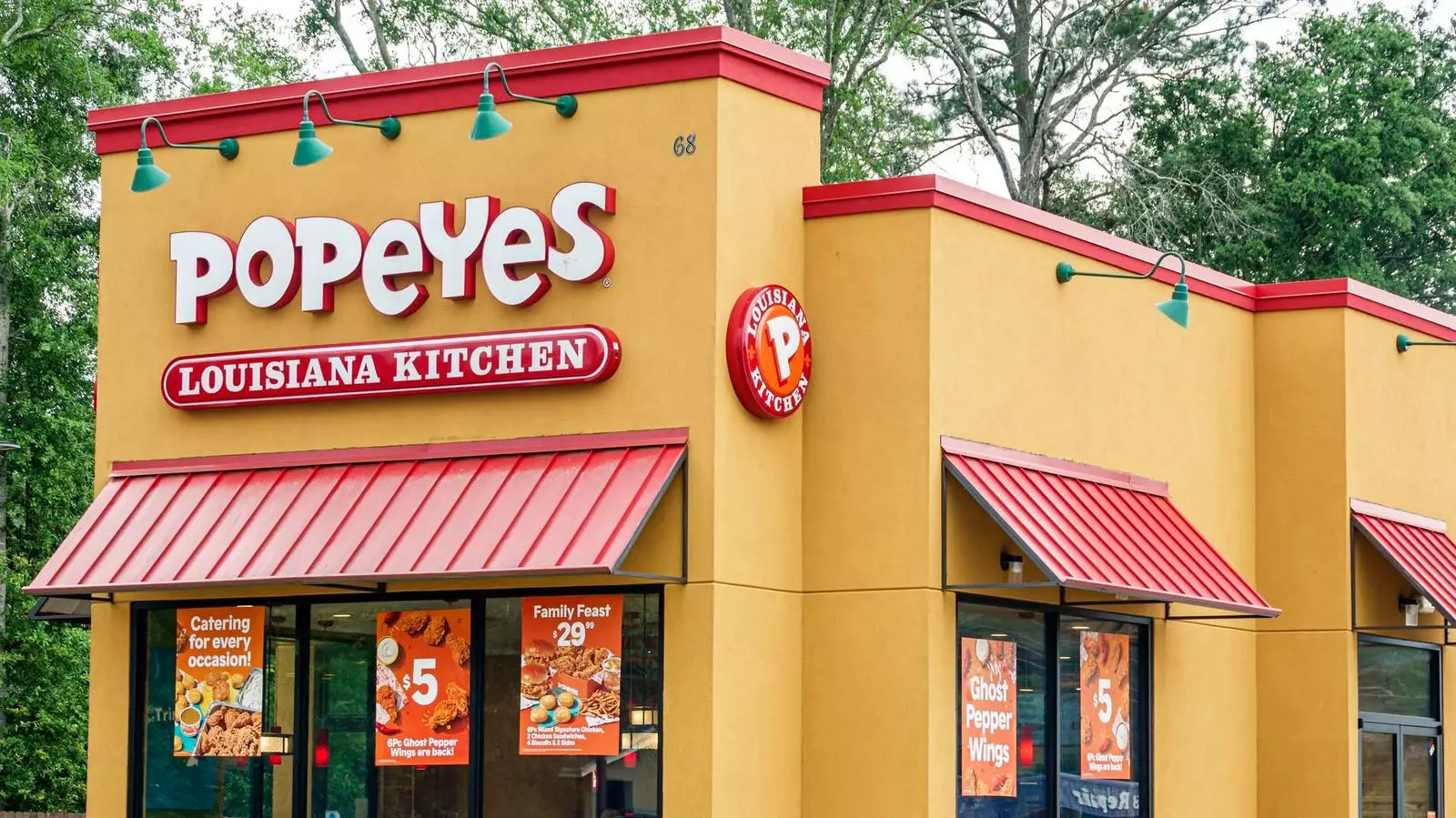In 2025, the world of culinary partnerships has evolved into a complex tapestry woven with nostalgia, exclusivity, and storytelling. Food collaborations are increasingly seen as important cultural artifacts rather than mere marketing tactics. They are powerful reflections of current trends and consumer desires, highlighting a profound shift in how we perceive and engage with food. From fast food joints joining forces with luxury brands to pop culture phenomena influencing menus, these collaborations continue to redefine the way we eat and experience food.
Collaboration as Culinary Experience
Today’s consumers aren’t simply looking for something to fill their bellies; they crave experiences that resonate on deeper emotional levels. Fast food collaborations, like the surprising union between a fried chicken chain and a premium tequila brand, illustrate this growing trend. This pairing, which might initially perplex some, underscores an emerging desire for luxury even within casual dining contexts. Striking a balance between affordability and indulgence, these collaborations cater to a demographic that appreciated quality, irrespective of the price point. The success of such partnerships reinforces the notion that culinary encounters can — and should — be memorable, immersive, and layered with emotion.
One of the most compelling themes in contemporary food collaborations is nostalgia. Companies are tapping into shared childhood experiences, evoking memories that transcend generations. The McDonald’s Pokémon Happy Meals serve as a prime example of this strategy. They don’t just offer collectible toys; they create opportunities for family bonding moments rooted in nostalgic memories. This approach affirms that successful collaborations are not just transactional but are steeped in emotional connection. Nostalgia allows brands to forge deeper ties with consumers, bridging the gap between past and present and transforming a simple meal into a profound sentimental journey.
Exclusivity and the Scarcity Mentality
As cultural phenomena like shows become mega-hits, fast food chains find innovative ways to capitalize on that excitement. The recent collaborations surrounding Squid Game’s second season resonate with audiences, igniting a frenzy for exclusive menu items. The strategic use of limited-time promotions, themed packaging, and viral marketing fuels a sense of urgency, thus transforming ordinary fast food into a participatory event. Scarcity creates a FOMO (Fear of Missing Out) effect that drives consumers to act quickly, investing not just money, but time and enthusiasm into their meal choices.
In 2025, the authenticity of celebrity-driven food products holds significant sway over consumer decisions. A collaboration like Post Malone’s limited-edition Oreos illustrates this shift beautifully. With his signature style and personal narrative woven into the product, this partnership feels more like an extension of his artistry than a mere promotional gimmick. Consumers today are sophisticated and discerning; they crave authenticity and connection in celebrity collaborations, seeking offerings that resonate with the personas of their favorite artists. This shift emphasizes the evolving nature of brand storytelling, demonstrating that food can be a canvas for personal expression.
Food collaborations in 2025 reveal that eating is about much more than sustenance; it reflects cultural narratives, identity, and social engagement. As we move forward, we can expect partnerships that blend luxury with the everyday, revisit cherished memories, leverage scarcity, and promote authentic connections between consumers and brands. These trends highlight a future where food becomes an art form, a medium of personal expression, and a social touchpoint. What’s next in this ever-evolving landscape? Only time will tell which culinary collaborations will emerge, but one thing is certain: they will continue to reflect our shared experiences, desires, and cultural zeitgeist.

